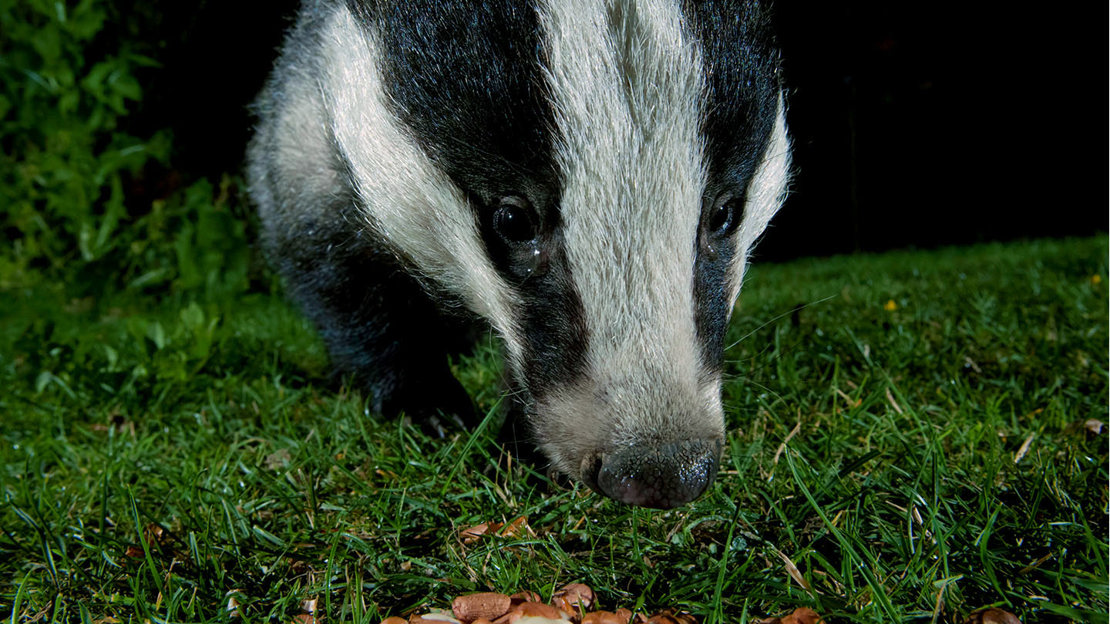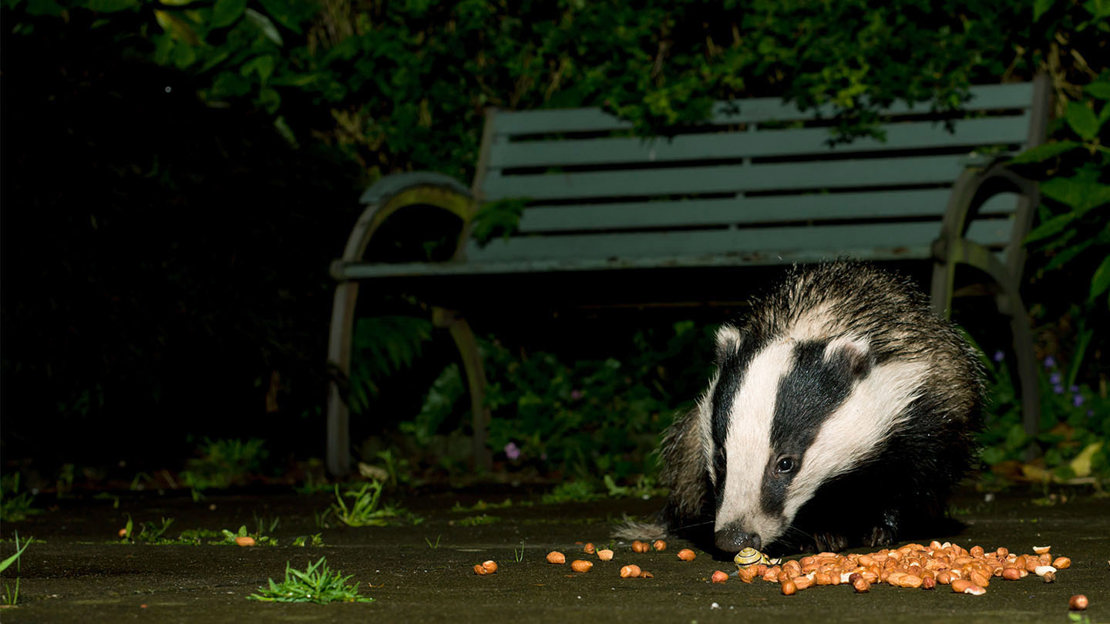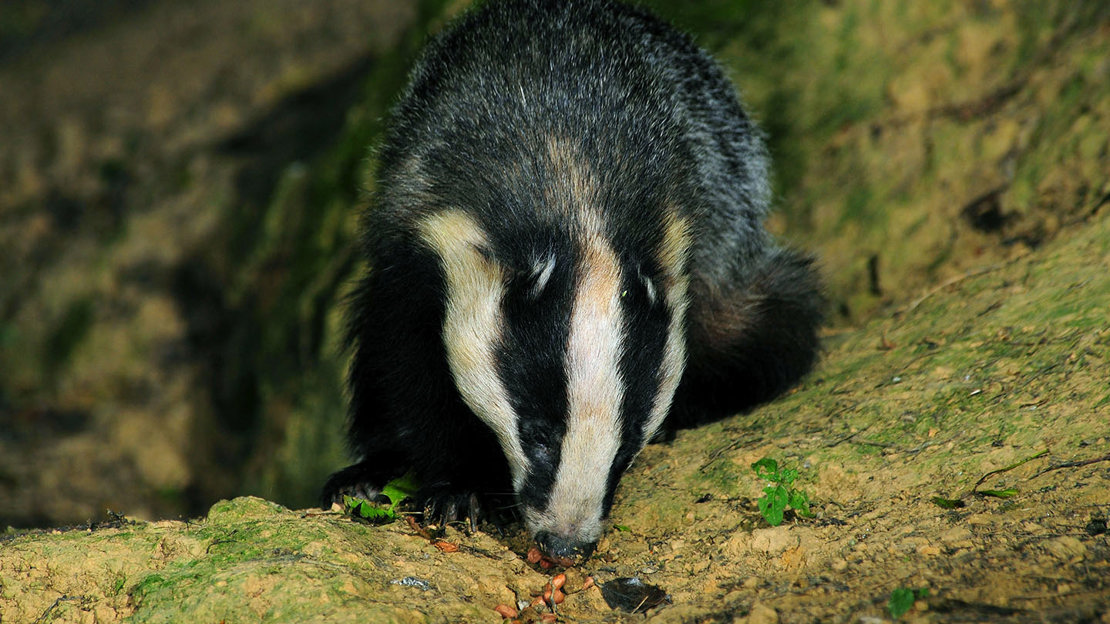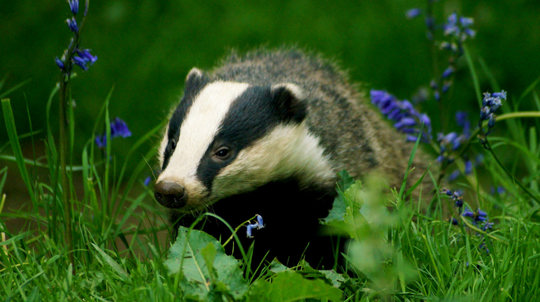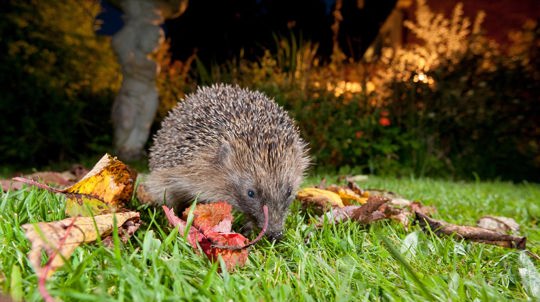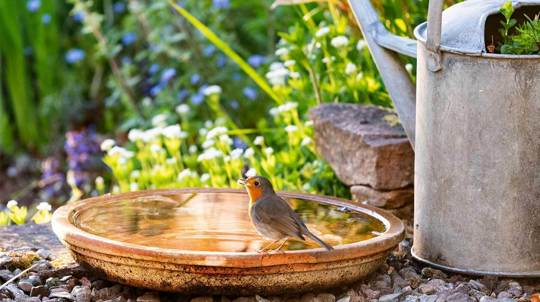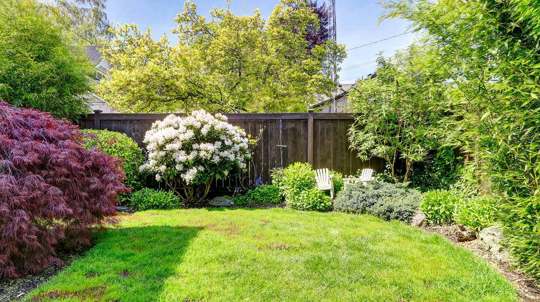Up to 80% of a badger's diet may be earthworms.
Badgers: what do they eat? And other facts

Content manager, botanist and tree lover
What do badgers eat?
The staple food of badgers is usually earthworms which generally make up around 80% of their diet. They can eat several hundred worms each night. But being omnivorous, they will eat almost anything, from flesh and fruit to bulbs and birds' eggs.
Although the bulk of their diet is made up of earthworms, they also eat slugs and insects and have a keen sense of smell and sharp claws that can root up grubs from under the soil surface.
Fruit also features on the menu, including apples, pears, plums and elderberries - you can often find elder bushes growing near to the setts. They will eat nuts, seeds and acorns along with crops like wheat and sweetcorn.
Badgers are known to eat small animals including mice, rats, rabbits, frogs, toads, and hedgehogs, and may take advantage of animal carcasses and carrion they come across. Their keen sense of smell and long claws are well adapted to locating and digging into the burrows and nests of small mammals. In times of food shortage, badgers may also raid bins in search of food.
Badgers are in the Mustelidae - the family of carnivorous mammals that also includes weasels, pine martens and otters.
Do badgers eat hedgehogs?
Badgers are the main natural predator of hedgehogs in the UK. Because badgers have thick skin and long claws, they are one of the few species that can kill and eat otherwise fairly well protected hedgehogs.
If you think hedgehogs are breeding in your garden or in a neighbouring garden, avoid attracting badgers and foxes (if possible) until the hedgehog young are well grown.
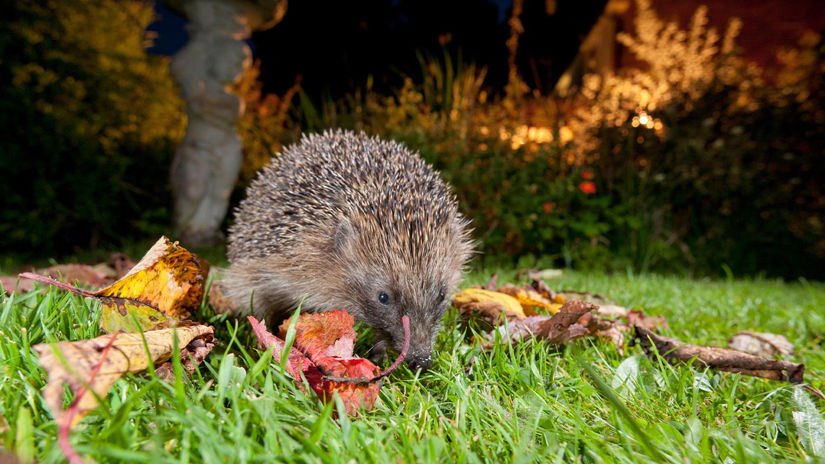
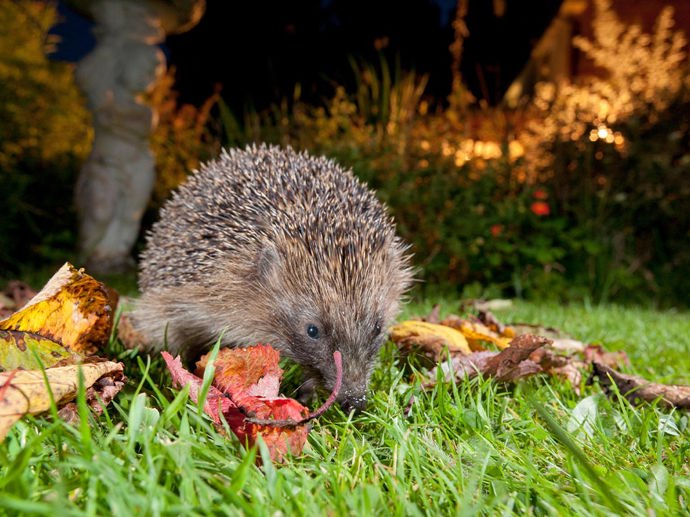
How to attract wildlife to your garden: 5 top tips
Charlie Mellor • 26 Jun 2020
Make your garden a haven for wildlife and you can enjoy the sights and sounds of nature knowing that you’re making a difference.
What can I feed badgers?
If you have badgers visiting your garden, they can make fascinating guests. Their presence produces a wide and varied response from gardeners; some consider them a nuisance as they may root up flower bulbs, eat fruit and vegetables, and dig up lawns.
But if you enjoy seeing badgers in your garden, there's a range of suitable foods that you can put out.
Since they eat such a wide diversity of foods, they will probably eat most of what you put out for them (or for the birds, or hedgehogs, or the dog), but it's best to stick to foods that most closely match their natural diet.
- Fruit - grapes, apples, pears, plums
- Raw peanuts or brazil nuts (no salt or chocolate)
- Dried dog food (muesli type)
- Mealworms
- Peanut butter (unsalted, sugar-free)
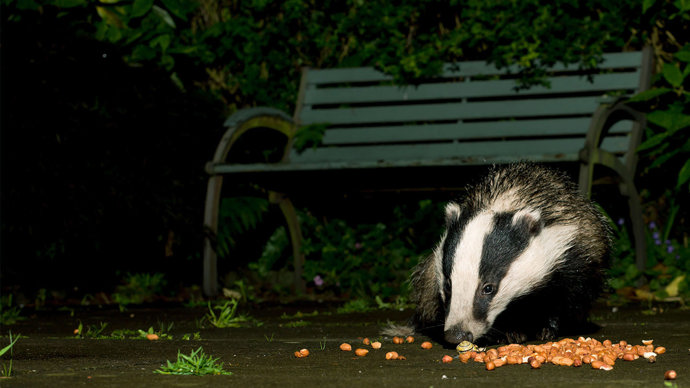
Credit: Mike Bryant / Alamy Stock Photo
How to feed badgers
Piling food in a heap on your patio does make life easier for badgers, but you may find it more interesting to scatter food across the lawn. If badgers have to sniff the food you'll have more time to observe their foraging and eating habits.
Leave out plenty of fresh water at ground level for badgers even throughout the winter when other sources are frozen.
How much should I feed them?
Take care when feeding any wild animal so they do not rely on your food source. Feeding small and varied amounts of food on an irregular basis is best, especially in times of greatest need (winter and spring) or as an occasional treat.
In terms of quantities, feed no more than the equivalent of a large handful of peanuts or dried food, plus the same amount of soft wet food (such as grapes) per visiting badger.
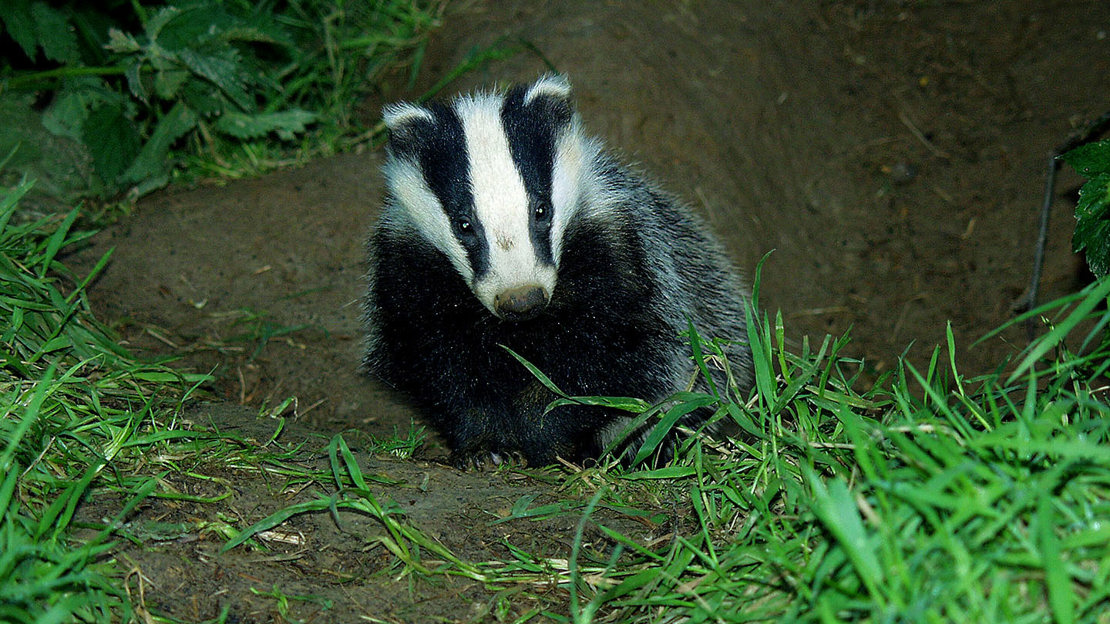
Main badger setts can be hundreds of years old and have several entrances.
Where do badgers live?
Badgers live in setts - underground burrows which they dig with their powerful, long claws. The main sett is the headquarters where the badgers live for most of the year and it's where they rear their young. Badgers practice good housekeeping, to prevent a build-up of fleas and lice. They clean their sleeping chambers by dragging out old hay, grass, bracken, plastic bags and anything they've used as bedding by carrying it under their chin.
As well as the main sett, there are up to six outlying setts dotted throughout each badger territory. These are used in the warmer months when there’s lots of food around so they can sleep and shelter when they’re out foraging.
Most setts are in broadleaved woods, but they can be found just about anywhere where there are lots of earthworms. They are usually dug in well-draining soil where it’s easy to dig, such as in sandy soils.
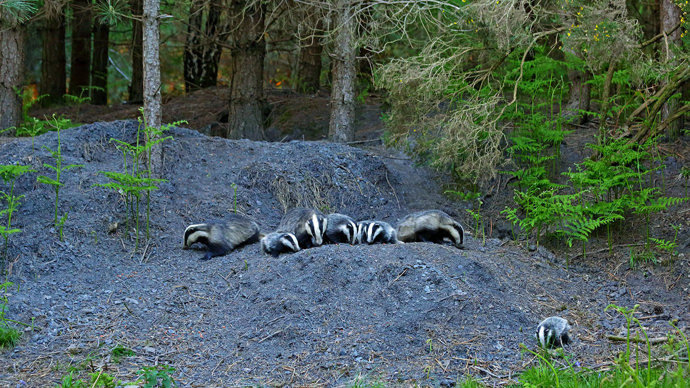
Credit: Philip Mugridge / Alamy Stock Photo
Badger clans
They are really sociable and playful and live together in family groups, known as clans. There may be around six badgers in each clan that share the same territory. Their boundaries are marked by a series of toilets, known as latrines, which help them avoid conflict with other badger clans.
Who's been there?
Learn how to track elusive woodland animals with our poos and clues swatch book
Buy it now

